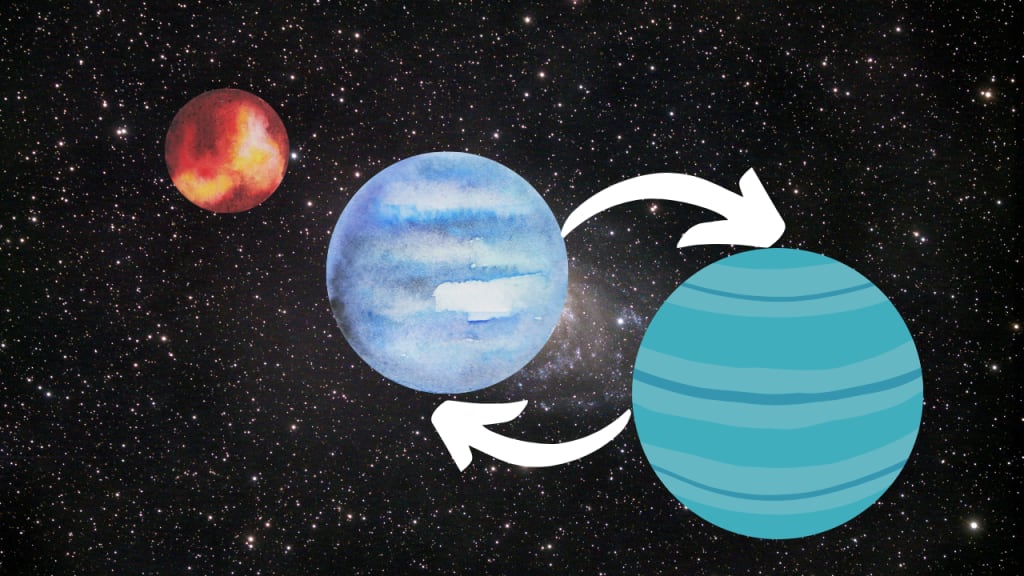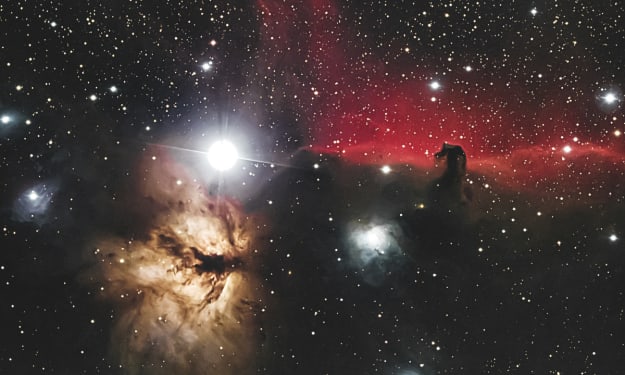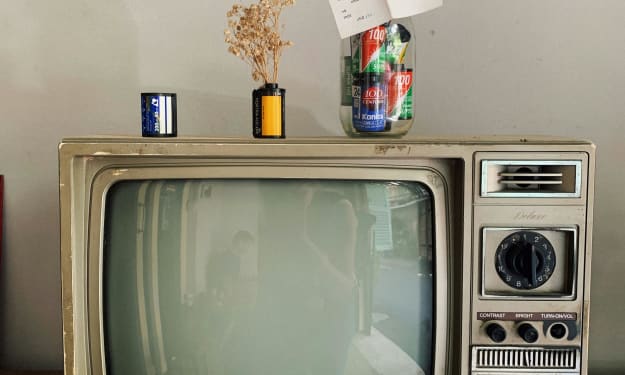Why Uranus and Neptune Swapped Places Once
The Outer Solar System Mystery: Why Uranus and Neptune Swapped Places

The External Planetary group Secret: Why Uranus and Neptune Traded Spots
The external compasses of our nearby planet group have long interested researchers and cosmologists, especially the unique dance between the ice monsters Uranus and Neptune. Ongoing speculations propose an entrancing situation: Uranus and Neptune might have once traded places in the early planetary group. This speculation, whenever affirmed, could decisively reshape how we might interpret planetary development and relocation.
The Beginnings of Uranus and Neptune
Uranus and Neptune, frequently alluded to as "ice monsters," are made overwhelmingly out of water, alkali, and methane frosts, not at all like the gas goliaths Jupiter and Saturn, which are fundamentally hydrogen and helium. Framed roughly 4.5 a long time back, these far off planets are accepted to have started in the protoplanetary circle — a thick, pivoting plate of gas and residue encompassing the youthful Sun.
In the beginning phases of the planetary group, the planets were not however conveniently organized as they may be today. The protoplanetary circle was a turbulent climate with various crashes and gravitational connections. These connections probably assumed an essential part in molding the ongoing setup of the planets.
The Planetary Relocation Speculation
The hypothesis that Uranus and Neptune might have traded places originates from the more extensive idea of planetary movement. This thought recommends that planets didn't shape in their ongoing circles yet moved to their current situations after some time. The Decent model, named after the city in France where it was created, is a main speculation in this field. It places that the monster planets of the planetary group — Jupiter, Saturn, Uranus, and Neptune — relocated from their underlying situations because of cooperations with a thick plate of planetesimals (little, early nearby planet group bodies).
As per the Pleasant model, the early planetary group was a significantly more tempestuous spot, with the monster planets at first framing a lot nearer to the Sun. As they relocated outward, their gravitational communications with one another and with the encompassing plate of planetesimals caused critical changes in their circles.
Proof for the Trade
One of the vital bits of proof supporting that Uranus and Neptune traded places comes from virtual experiences of the early nearby planet group. These reenactments demonstrate the way that such a trade might have happened without weakening the circles of different planets. The relocation of these planets would have involved a perplexing transaction of gravitational powers, prompting the likelihood that Uranus and Neptune might have traded positions.
Moreover, the ongoing organizations and qualities of Uranus and Neptune give pieces of information about their past. Uranus has a more outrageous pivotal slant (98 degrees) contrasted with Neptune (28 degrees), recommending that it encountered a huge crash or gravitational connection right off the bat in its set of experiences. Assuming Uranus and Neptune traded places, this occasion could make sense of the distinctions in their pivotal slants.
Suggestions for Planetary Science
The possibility that Uranus and Neptune traded places has significant ramifications for how we might interpret planetary arrangement and relocation. It proposes that the external planetary group was an undeniably more powerful and turbulent climate than recently suspected. This speculation likewise features the significance of gravitational cooperations in molding the circles and qualities of planets.
Understanding the early history of Uranus and Neptune can likewise reveal insight into the development of other planetary frameworks. Numerous exoplanets found as of late display circles and organizations that challenge our conventional models of planetary development. By concentrating on the expected movement and orbital elements of Uranus and Neptune, researchers can acquire experiences into the cycles that might be happening in far off star frameworks. Conclusion
The speculation that Uranus and Neptune traded places in the early planetary group is an entrancing and convincing thought that challenges our customary perspectives on planetary development and relocation. While more exploration and proof are expected to affirm this hypothesis, it opens up new roads for figuring out the unique history of our planetary group and the complex gravitational collaborations that molded its ongoing design.
As researchers keep on investigating the secrets of the external planetary group, the narrative of Uranus and Neptune fills in as a sign of the complicated and steadily changing nature of the universe. The possible orbital trade of these far off goliaths highlights the significance of returning to and updating our models considering new information and experiences, pushing the limits of our insight and growing comprehension we might interpret the universe.
About the Creator
robail shahzadi
I've been writing since I learned how, but those have been lost and will never see daylight (I hope).
Excellent work. Looking forward
If you enjoy my work feel free to like but also never hesitate to share. Thank you for your patronage. .
Enjoyed the story? Support the Creator.
Subscribe for free to receive all their stories in your feed. You could also pledge your support or give them a one-off tip, letting them know you appreciate their work.






Comments
There are no comments for this story
Be the first to respond and start the conversation.